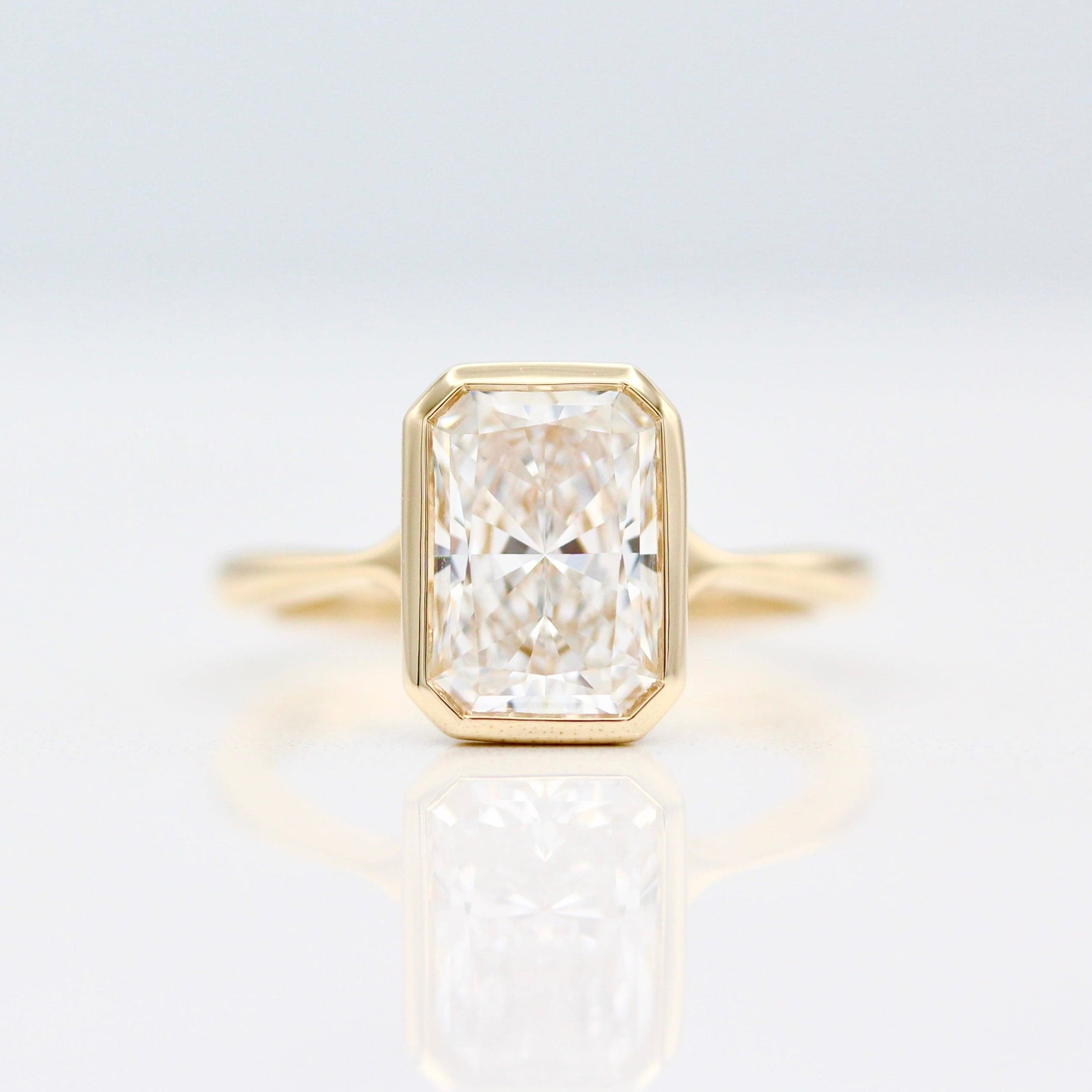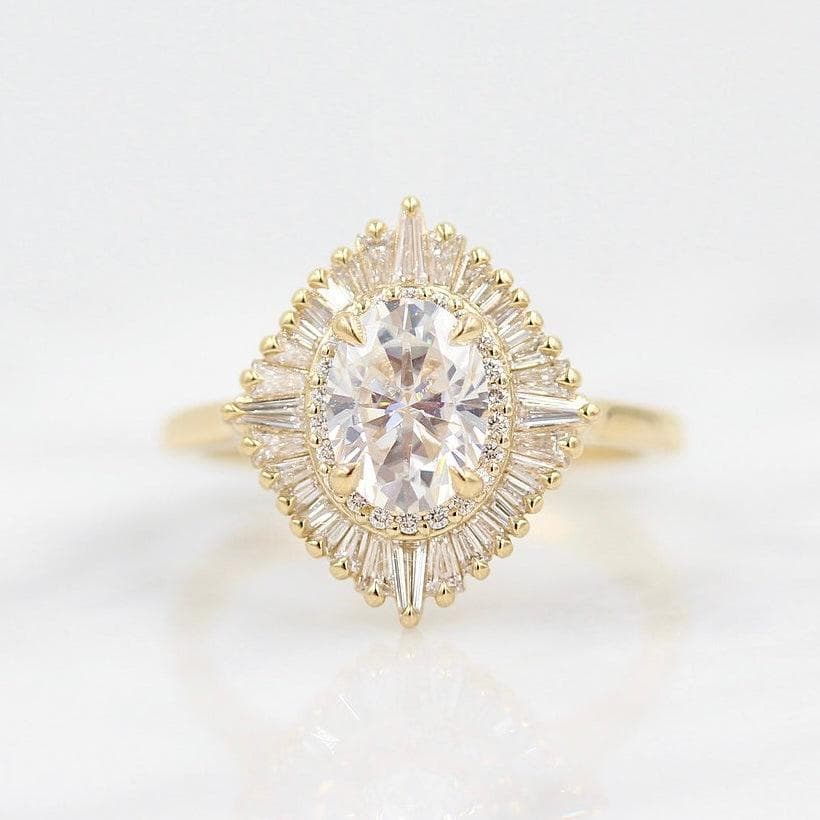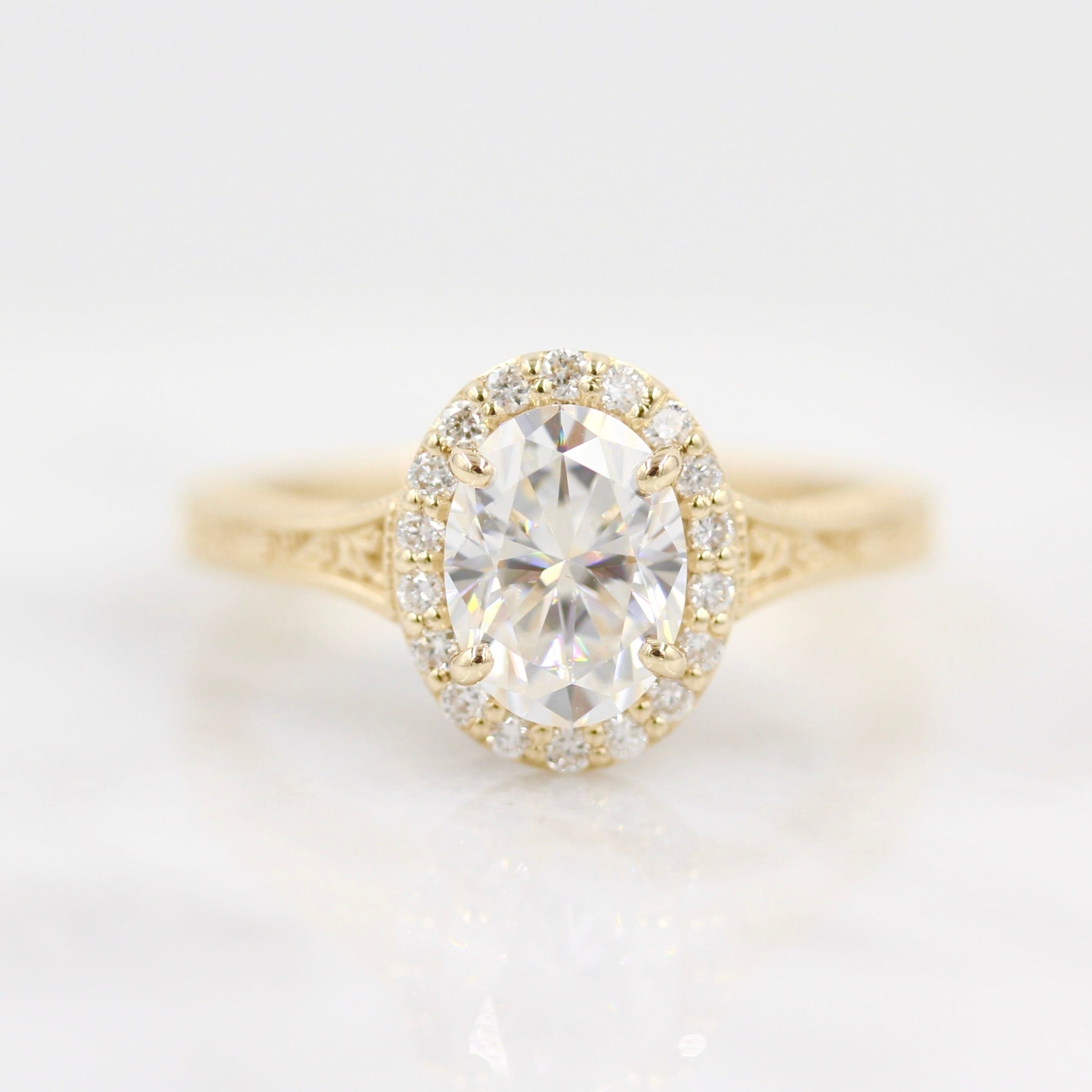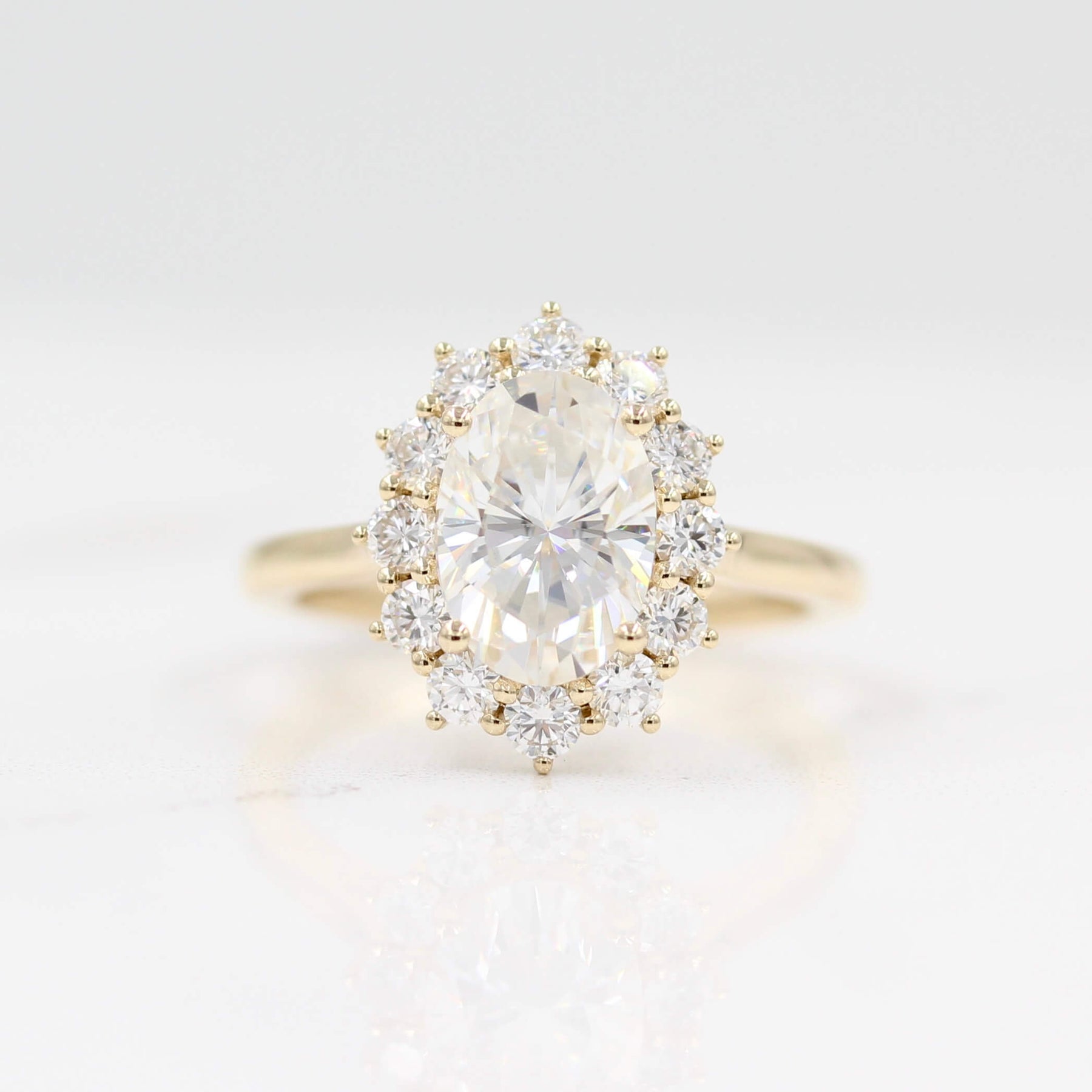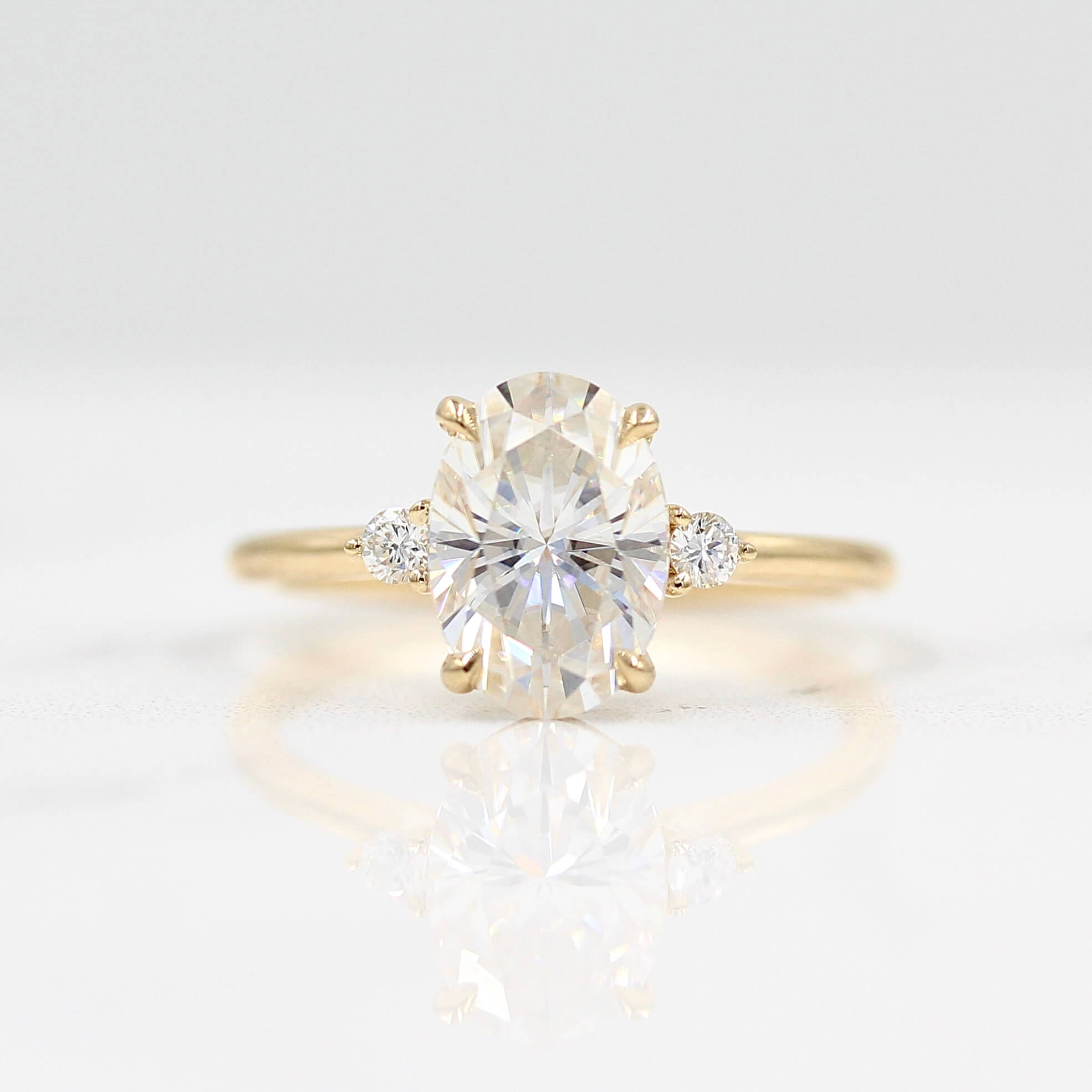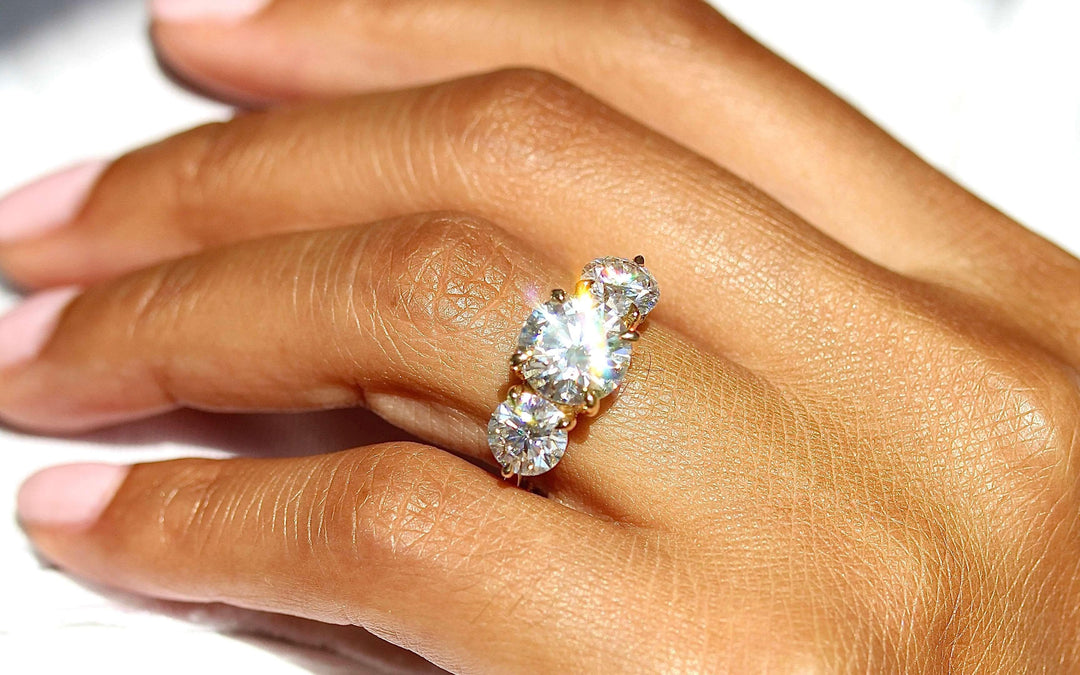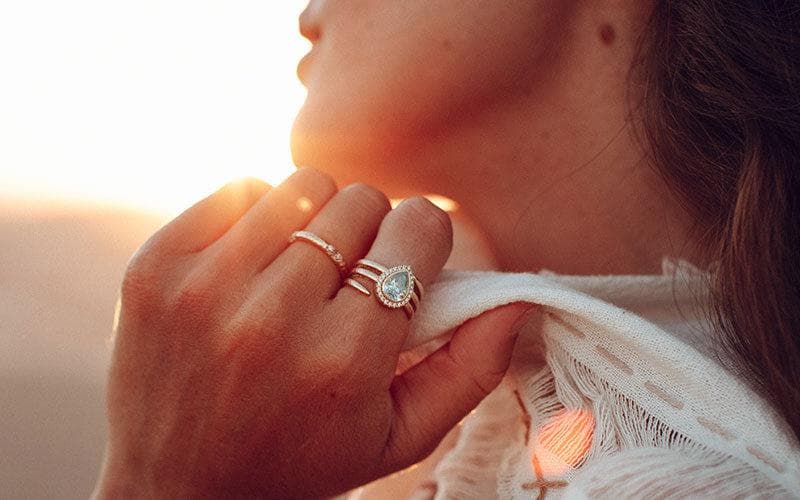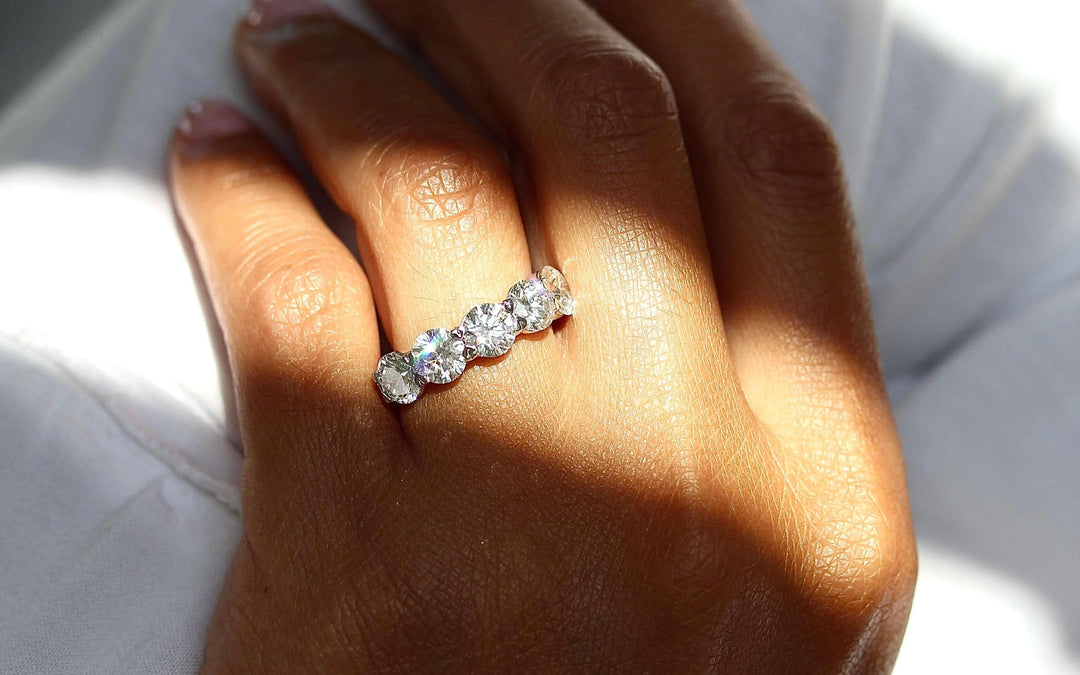For those who love the allure of silvery white precious metals, the debate usually comes down to platinum vs. white gold. While these two metals may appear identical when they are brand new, there are some important distinctions to consider when choosing between them. These two metals have different characteristics when it comes to durability, allergies, maintenance, and price. Read on to learn the differences between platinum and white gold, weigh the pros and cons, and choose the best option for your engagement ring or other jewelry.
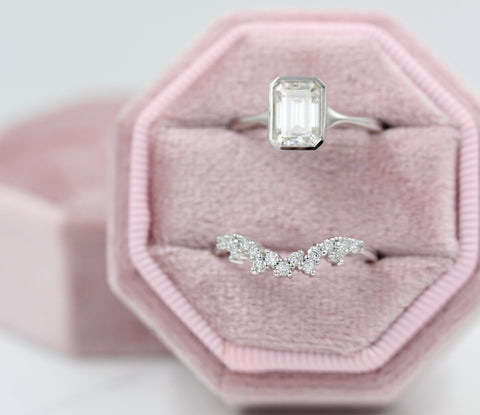
Durability: Platinum is More Durable
One of the biggest benefits of platinum vs. white gold is that platinum is more dense and durable. Some people who prefer the look of yellow gold will still opt for platinum when it comes to the prongs of the ring that hold the diamond, simply because platinum is the precious metal that holds diamonds most securely. White gold is also totally suitable for setting diamonds, and you will also have a warranty and insurance to protect your ring (if we have anything to do with it!), but some people (especially those buying large diamonds) still prefer setting their diamond in platinum for peace of mind.
Allergies: Platinum Is More Hypoallergenic
There’s another important difference between platinum and white gold. White gold is alloyed with other metals, notably nickel, that can cause irritation or allergic reactions in some people. Platinum is much more pure than the common gold alloys, typically containing only 5% other metals. If you have ever reacted to nickel or gold before, platinum could be your new best friend. As far as allergies are concerned, the platinum vs. white gold matchup has a clear winner: platinum.
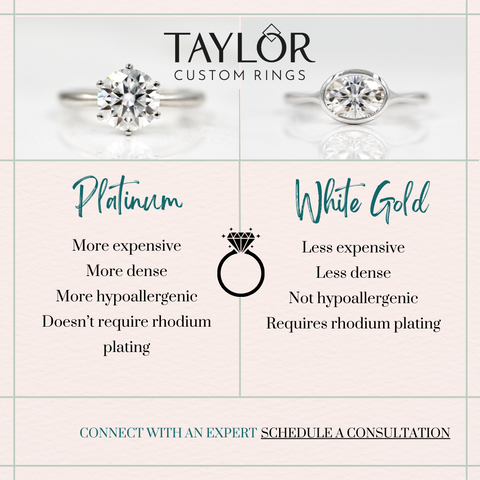
Maintenance: Platinum Doesn’t Require Plating
When considering platinum vs. white gold, know that while the two metals look identical to start, platinum and white gold wear differently over time. Even when alloyed with white metals, white gold still has gold in it (hence the name), which gives it a slight yellow cast. It is typically plated with rhodium to achieve the bright white, silvery appearance it is known for. But like most plated metals, it will need to be replated every so often to keep it looking new. If you opt for white gold and you wear your ring every day, plan to visit the jeweler to have your ring rhodium plated every year or so. That will be one of the biggest differences between platinum and white gold. Of course, rings are subject to the most wear and tear because they are worn on our hands. White gold earrings and necklaces may require significantly less upkeep.
Platinum jewelry still requires periodical cleaning and polishing, but it does not need to be plated. Instead of yellowing over time, a platinum ring that is overdue for a visit to the jewelry store will look a little grey. However, a quick clean and polish will make it as good as new.
On a related note, if your engagement ring is platinum, but you aren’t excited about the price of a platinum wedding band, you may be weighing platinum vs. white gold wedding bands to go with your engagement ring. They would look identical to start with, but it’s important to know that in between maintenance trips to the jewelry store, they will age differently. Your platinum ring will become a little grey as it needs polishing, and your white gold ring will start to look a little yellow when it’s time for rhodium plating. Even when these effects are subtle, wearing the rings next to each other will make them contrast with each other. Unless you intend to be extremely religious about maintenance, you will likely notice the difference between platinum and white gold. Especially if you are a detail-oriented person, it will be worth it to invest in a platinum wedding band to match your platinum engagement ring.
Wherever you stand on platinum vs. white gold, Taylor Custom Rings has a two-year warranty that not only covers any manufacturing issues, but also covers cleaning, polishing, and rhodium plating of white gold rings. If your Taylor Custom Ring needs to be serviced, you can submit a service request, and we will be happy to take care of it for you.
Price: Platinum Costs More
Last but not least, the most obvious difference between platinum and white gold is the price. You are probably already aware that platinum jewelry comes at a premium. When comparing platinum vs. white gold, platinum is more rare than gold, and a platinum alloy contains 95% platinum, whereas a 14k gold alloy contains 58% gold (because of gold’s softness), so you have to pay for a much higher percentage of the precious metal in the alloy. If price is a driving factor for your purchase, white gold may be a great choice. But while white gold may be easier on your budget, don’t neglect to consider the other factors we’ve discussed before you make your final decision.

Platinum vs. White Gold
So which is better–platinum or white gold? You’ll have to consider the differences between platinum and white gold, as well as your budget before you make the decision. Platinum is the most premium, hypoallergenic, and durable option and requires less maintenance over time. But it can cost quite a bit more. The decision will likely come down to price–is it worth it to you to buy a platinum ring? The answer will depend on your personal circumstances, but if you can afford it, platinum is the best investment. If you decide you’d rather put the money towards a bigger diamond, better honeymoon, or back in your pocket, you can rest assured that white gold is also a completely suitable choice for an engagement ring or other fine jewelry. (Unless you’re allergic–in which case the choice is made for you!) The downsides of white gold really only come into focus when you start to consider the benefits of platinum vs. white gold. If you need more advice or guidance on choosing your engagement ring, don’t hesitate to contact us!





